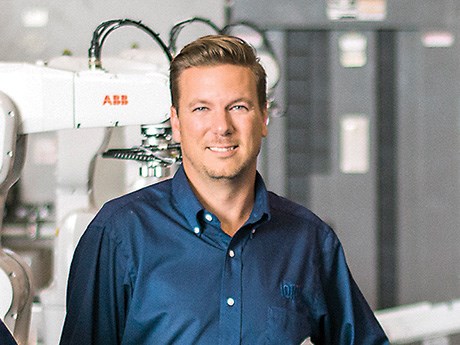Mining industry lags behind manufacturing
Ontario mining operations rang in 2017 with new safety measures made mandatory by the provincial government.
Effective January 1, amendments to Ontario’s Occupational Health and Safety Act require employers to assess risks in the workplace and identify potential hazards that could harm or make workers ill.
“It will affect all mines and mining plants. That means underground and surface plants,” said Eric Haapamaki, general manager of Ionic Engineering. Operating in Sudbury, Cambridge, Ontario, and Chile, Ionic Engineering designs and fabricates mining and manufacturing process machinery. In recent months, it’s been working to make mining professionals more aware of Ontario’s new safety requirements.
Under the amended law, workplace risk assessments must be provided in writing to the employer’s joint health and safety committee or safety rep. If there is no committee or safety rep, results must be provided, in writing, to any worker who requests them. The law requires employers to develop and maintain measures to eliminate or control the hazards identified in workplace risk assessments.
“There has to be a procedure in place to evaluate any of the safety hazards for every facet of the workplace,” Haapamaki said. “That includes … the machinery that these workers are using to perform the tasks.”
Such measures, he said, are standard in the automotive and manufacturing industries, where equipment must be designed to operate safely. In automotive manufacturing, for example, where robots assemble vehicles, if an operator opens the gate to a robotic cell, engineered measures immediately kick in to ensure the machinery is completely shut down.
“In the mining sector that’s not necessarily the case,” said Ionic business development manager Andre Dumais. “In the mining sector, if you wanted to go in and work on a piece of equipment, the operator has to have an intrinsic knowledge of the equipment. So they need to know what to shut down.” That could include disconnecting electricity, shutting down a hydraulic pump and disengaging pneumatic power, he explained. Locking out and tagging equipment can be time-consuming and costly.
Putting the onus for safety on the end users of equipment can be ineffective, dangerous and sometimes fatal. Mining has typically lagged manufacturing in assessing risk and using engineering solutions to ensure safety in the workplace, Haapamaki said.
Dumais sees mining companies moving to shift the responsibility for safety away from employees by ensuring that any time an employee enters a work area it is automatically made safe. Haapamaki anticipates a trend to increasing regulation, increasing compliance and more industrial-style regulations in the mining industry. Mining equipment, like machinery now built for manufacturing, will eventually require Pre-Start Health and Safety Reviews based on codes that compel manufacturers to design equipment that operates safely, he predicts.
“Equipment design removes the responsibility for safety from the operator or specific procedure, so it’s inherently more safe,” he said. “When you’re relying on a procedure or a person for the safety, there’s an opportunity for mistakes to be made. And mistakes always will be made. It’s a statistical fact. It could be due to just being tired, to training, or lack of training, but there always is a high probability over a certain amount of time that there will be some mistake in following the procedure, whereas if you rely on engineering, that takes the responsibility away from the operator.”
Ionic Engineering boasts extensive experience in safety design for machinery and automated equipment, including automated copper stripping machines for refineries, machinery with a high degree of automation and little interaction with equipment operators. Operators function outside the equipment. Safety relies heavily on guarding and interlocks.
“One of the challenges the mining industry is going to see is there is a lot of human-machine interfaces in a lot of existing processes and that’s why the risk assessments become critical,” said Haapamaki.


